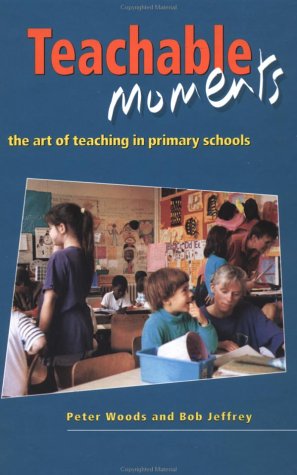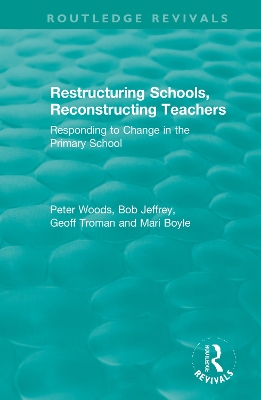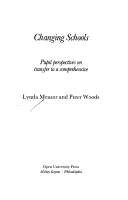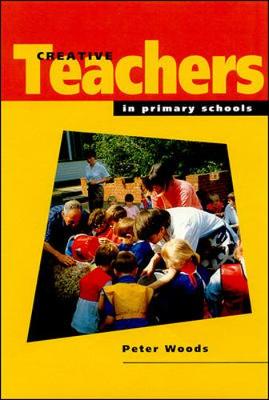Routledge Revivals
4 total works
Restructuring Schools, Reconstructing Teachers
by Peter Woods, Bob Jeffrey, Geoff Troman, and Mari Boyle
Drawing on wide ranging research this book, originally published in 1997, explores how the policy changes of previous years were affecting primary teachers and their work at the time. Within the context of worldwide restructuring, the thoughts, feelings and activities of teachers in their daily work are examined. The core argument is that what used to be a complex but fulfilling job distinguished by professional dilemmas, which are amenable to professional skill, had become increasingly marked by tension and constraint, which frustrates teacher creativity. While some teachers found new opportunities in the 'new' primary school, many used strategical and micro-political activity in order to cope, while others fell victim to stress and burnout. The authors argue that teachers' own active involvement in policy change is required if their creative potential is to be realized. The book will still be of interest to teachers in primary schools, researchers and policy makers.
Changing schools at 11 or 12+ is a critical, often traumatic event in a pupil's career. Earlier studies had looked at this transitional stage from the schools' point of view, in the light of institutional aims and objectives. Originally published in 1984, this richly detailed and readable study looks at it from the pupils' point of view: it illustrates their perceptions of the transfer, their anxieties and their experiences.
The book is the result of a research project, in which children transferring from a typical middle school to a typical comprehensive in a Midlands town were observed over a period of eighteen months. The authors reveal various ways in which children adjust to a large, more complex school organisation, to new forms of discipline and authority, and new demands in school work. They emphasise the significance of teenage culture during this period, and identify an important area of interplay between school culture and sub-culture. They pay special attention to gender identities, and the ways in which these affect pupils' responses to different subjects in the curriculum.
Finally, they consider the theoretical and policy implications of their survey, and make positive recommendations for improving school and classroom practice at both primary and secondary level.



